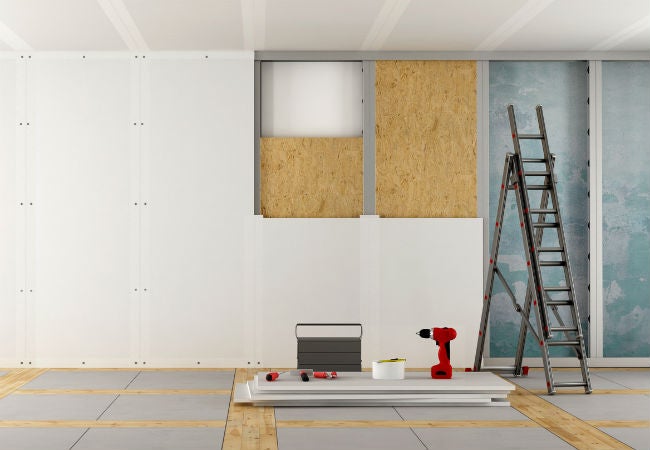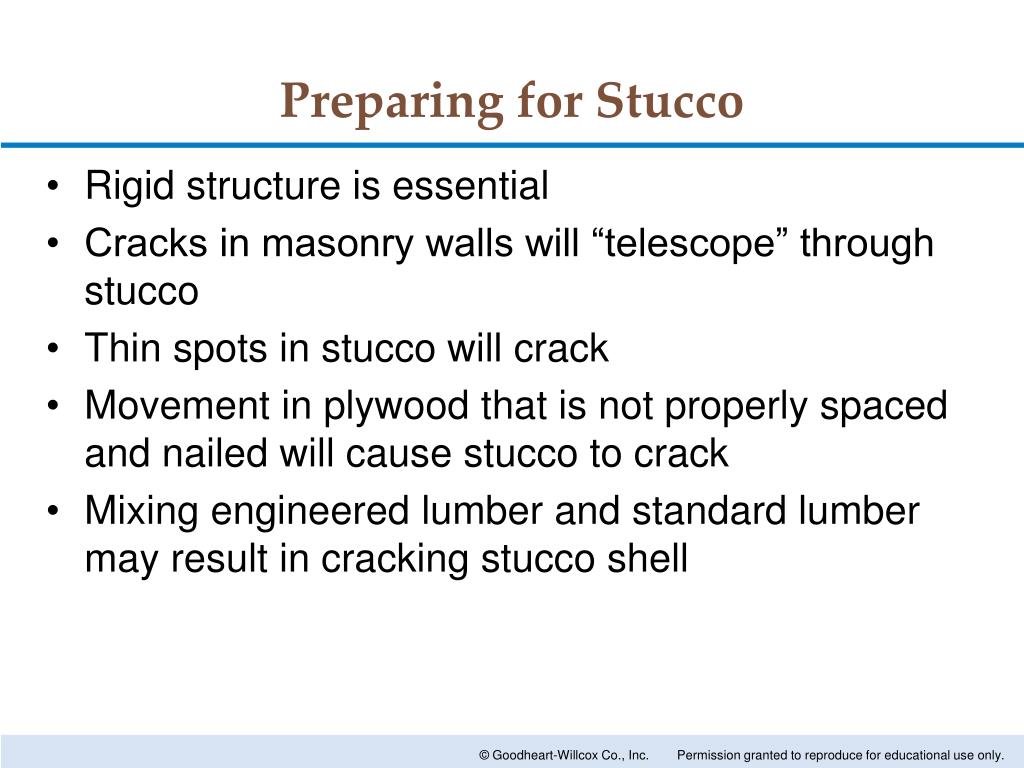


Stucco is a rougher texture and plaster is a smoother texture. Generally speaking, most people refer to stucco as a coating for the outside of a building and plaster as a coating for interior walls, although plaster can be used either inside and out. Stucco vs Plaster, what’s the difference? This installation was done by Faswall’s best lime plaster installer and trainer, James Henderson of Henderson Clayworks. Plaster and stucco were used on both interior and exterior surfaces in this home in Kingston, Washington. The skill and labor required for good application is what often makes these finishes more expensive than other finishes. It goes on with care in two to three layers, and is labor intensive. If there is one disadvantage to stucco or plaster, it’s that doing it well can be difficult and is best done by skilled professionals (especially exterior stucco and interior finish coats). Both are fire-resistant and absorb sounds, leading to a more quiet home. They easily take pigments, making them available in a range of colors. Breathable walls help protect your home’s air quality. Perhaps one of the best advantages of plaster and stucco is that they are the best at absorbing and releasing vapor and moisture. Adding lime to a modern mix can increase its workability. Traditional recipes and increasing numbers of modern systems use lime and /or clay instead of cement. The basic composition of both stucco and plaster is water, sand and binder (typically lime, clay and/or cement). The ingredients in these finishes are found in nature, and they have been used as a building finisher for thousands of years. But the advantages of a plaster and/or stucco for walls instead of paint go far beyond appearances. Many people love plasters and stucco as sustainable building finishes because they look nice. Beyond Beauty: Plaster and Stucco are Natural Winners for Sustainable Walls:


 0 kommentar(er)
0 kommentar(er)
